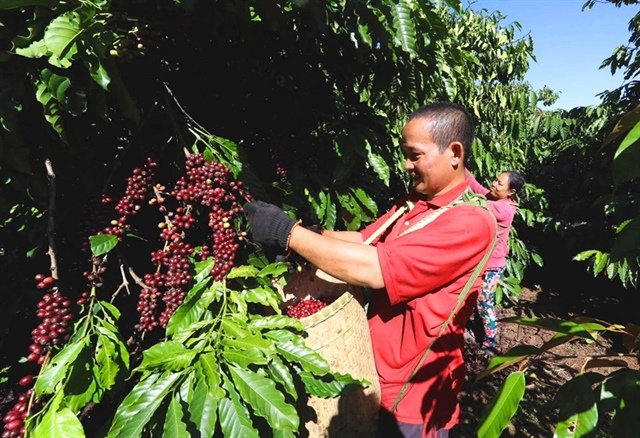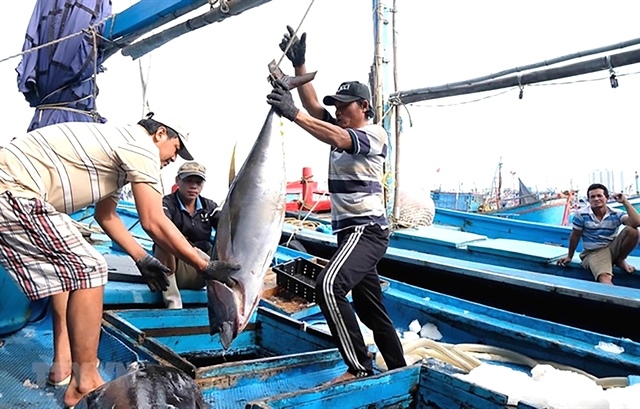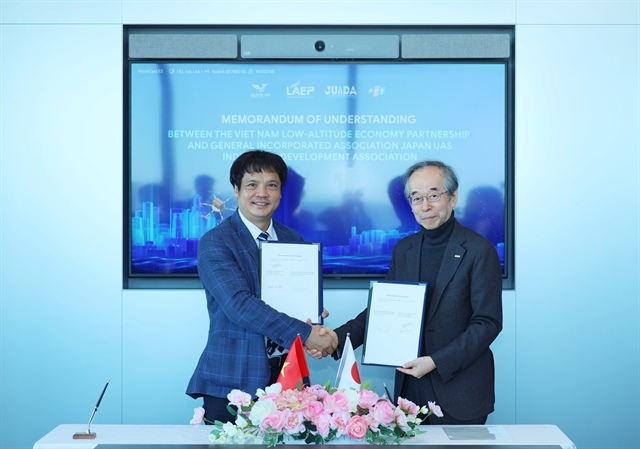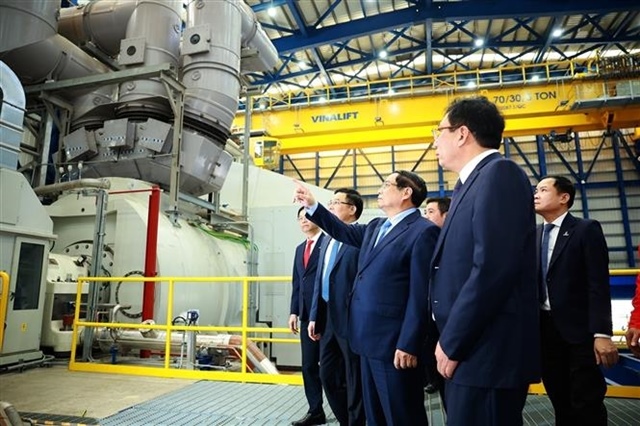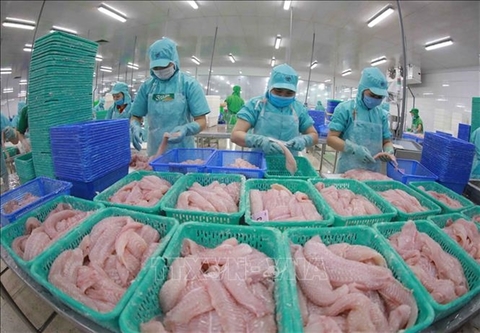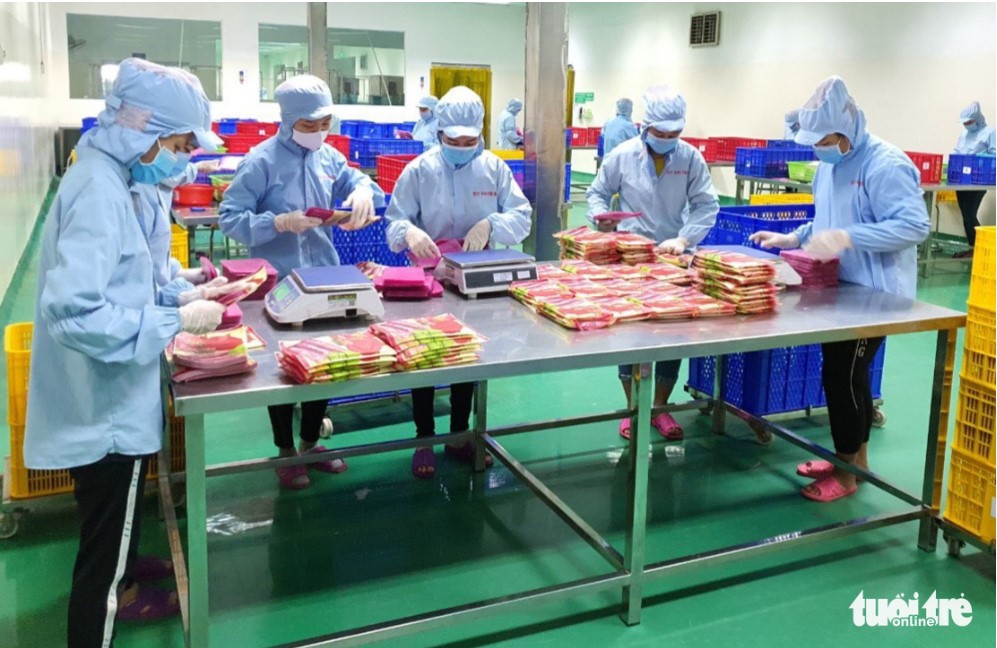Textile, garment industry exports on target to hit $43b this year
Textile, garment industry exports on target to hit $43b this year
Viet Nam's textile and garment industry is still on track to achieve its export target of US$42-43 billion this year, despite the industry facing many difficulties in the second half of this year.
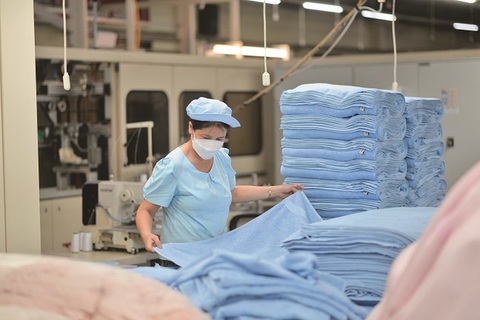
Vu Duc Giang, chairman of the Viet Nam Textile and Apparel Association (VITAS) said that at the press conference on the business results of the textile industry in the first six months of the year held in Ha Noi on Thursday.
According to VITAS, 2022 is the year that enterprises of the textile and garment industry gradually recover after two years of being heavily affected by the COVID-19 pandemic.
In the first six months, Viet Nam's textile and garment export value was estimated at $22.3 billion, up 17.7 per cent on year, including $16.94 billion from the garment exports (up 19.5 per cent), $1.4 billion from fabric exports (up 20.8 per cent), and $2.76 billion from the fiber exports (up 4.4 per cent).
Meanwhile, the total import value of raw materials and accessories for textile and garment in the first six months was estimated at $13.4 billion, up 9.8 per cent on year.
Thus, the textile and garment industry had a trade surplus of $8.86 billion in the first half of this year, up 32 per cent on year. This was the effort of textile and garment enterprises in the context of that the world economy still has many difficulties.
However, according to Giang, Viet Nam's textile and garment industry still faces many risks and challenges in the second half of this year, including the new strain of COVID-19 that is still present.
Many markets being important trade partners of Viet Nam such as mainland China, Japan and Taiwan are still applying strict pandemic prevention measures. That affects significantly on the supply chain of raw materials and accessories as well as consumption of textile products made in Viet Nam.
In addition, high inflation in Viet Nam's major textile and garment consumption markets such as the US and Europe, and complicated development of Russia-Ukraine conflict have caused the prices of raw materials and fuels to rise continuously since the beginning of the year.
Specifically, the price has increased by 19.1 per cent for cotton; 40 per cent for crude oil in the global market; 67 per cent for the domestic gasoline price. Meanwhile, transportation cost has been three times higher than the average of the past five years.
Those have made the cost of enterprises increase by about 20-25 per cent.
"Vietnamese textile and garment enterprises are still facing disadvantage in exchange rate with countries being competitors, labour shortage after the pandemic, requirements for traceability of cotton, fabric, yarn or green industry of textiles and garment from new-generation free trade agreements (FTAs)," Giang said.
For example, the devaluation of the euro has a great impact on the textile and garment exports because it will increase the price of goods in the context that consumers in this market tighten spending, he said.
"In general, purchasing power in the EU market will decrease, the competitiveness of textiles and garments imported from all countries to the EU market will be affected, not only textiles and garments from Viet Nam," said Giang.
However, Giang said that it is expected that textile and garment export value will reach $20-21 billion in the second half of the year.
To achieve this goal, the textile and garment enterprises need to quickly restructure export markets to not depend on a few markets. They should change technology and equipment to meet requirements from importing countries, such as requirements on recycled garments of the EU market.
In fact, Vietnamese textile and garment enterprises have set a growth target in exports from the beginning of the year, but it is important to keep stability in export markets, employees, customers.
In general, to stabilise production and achieve sustainable goals in the future, the businesses themselves need to catch up with market trends, invest in machinery and technology, and switch to green production according to the brands' requirements. They also need to build human resources, especially designers for the fashion industry.
In the past time, VITAS has connected domestic enterprises with each other and with foreign-invested enterprises to form supply chains and expand export markets. It has been also an effective bridge between State management agencies and textile and garment enterprises.
The association will continue to accompany the businesses to propose recommendations and call for supports from the Government and ministries, sectors and localities in terms of pandemic prevention, production, market information, administration reform, and human resource development.


